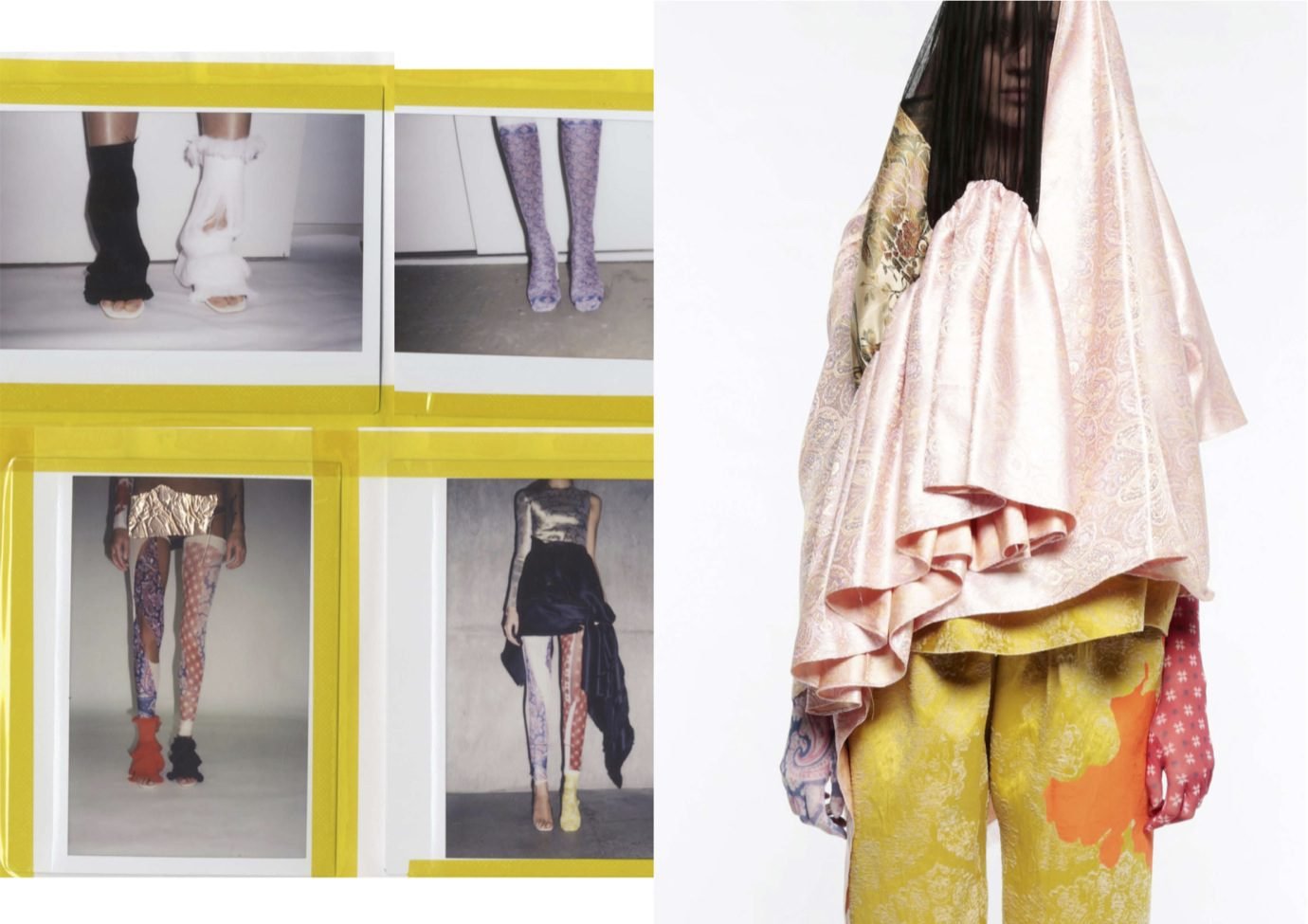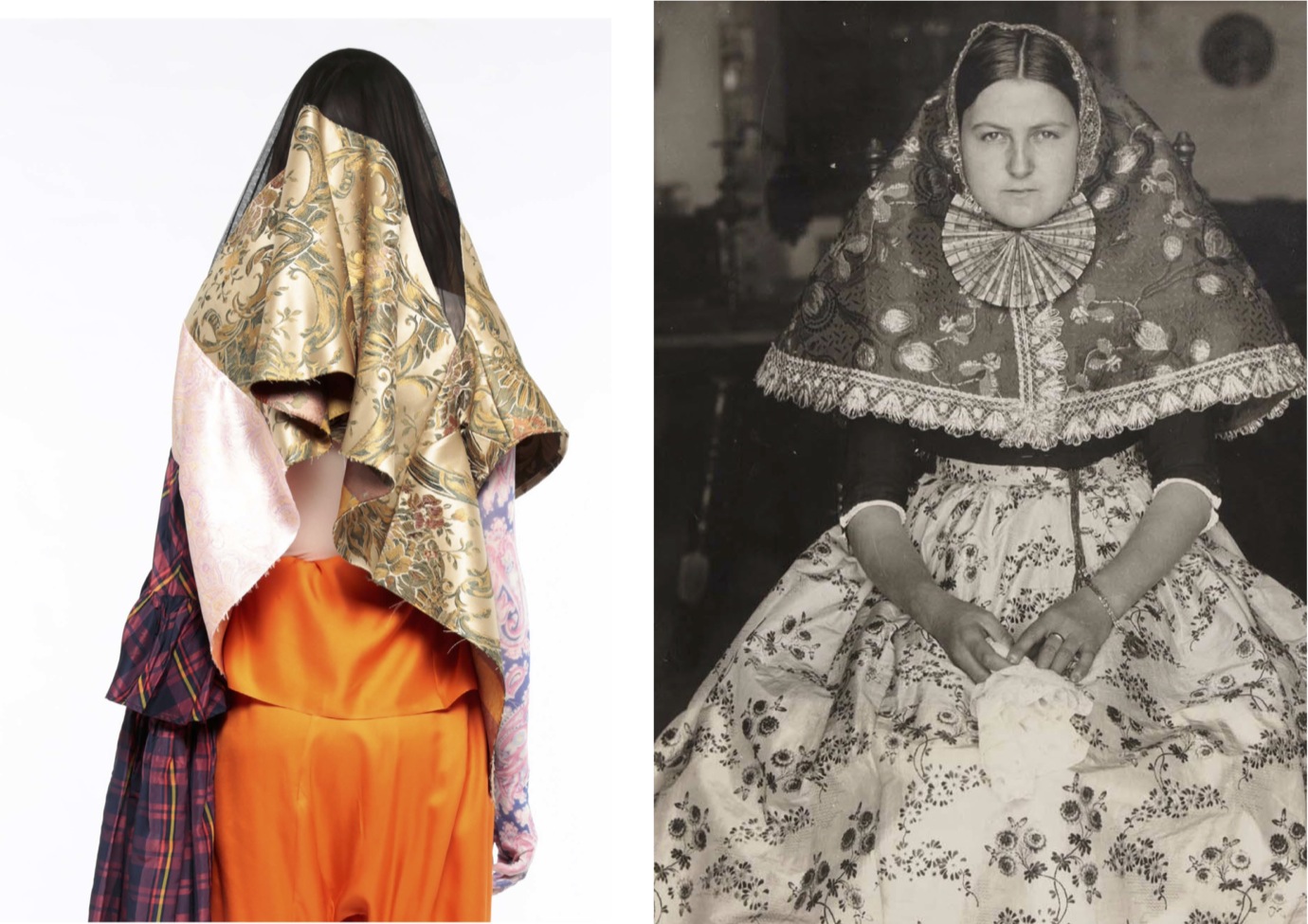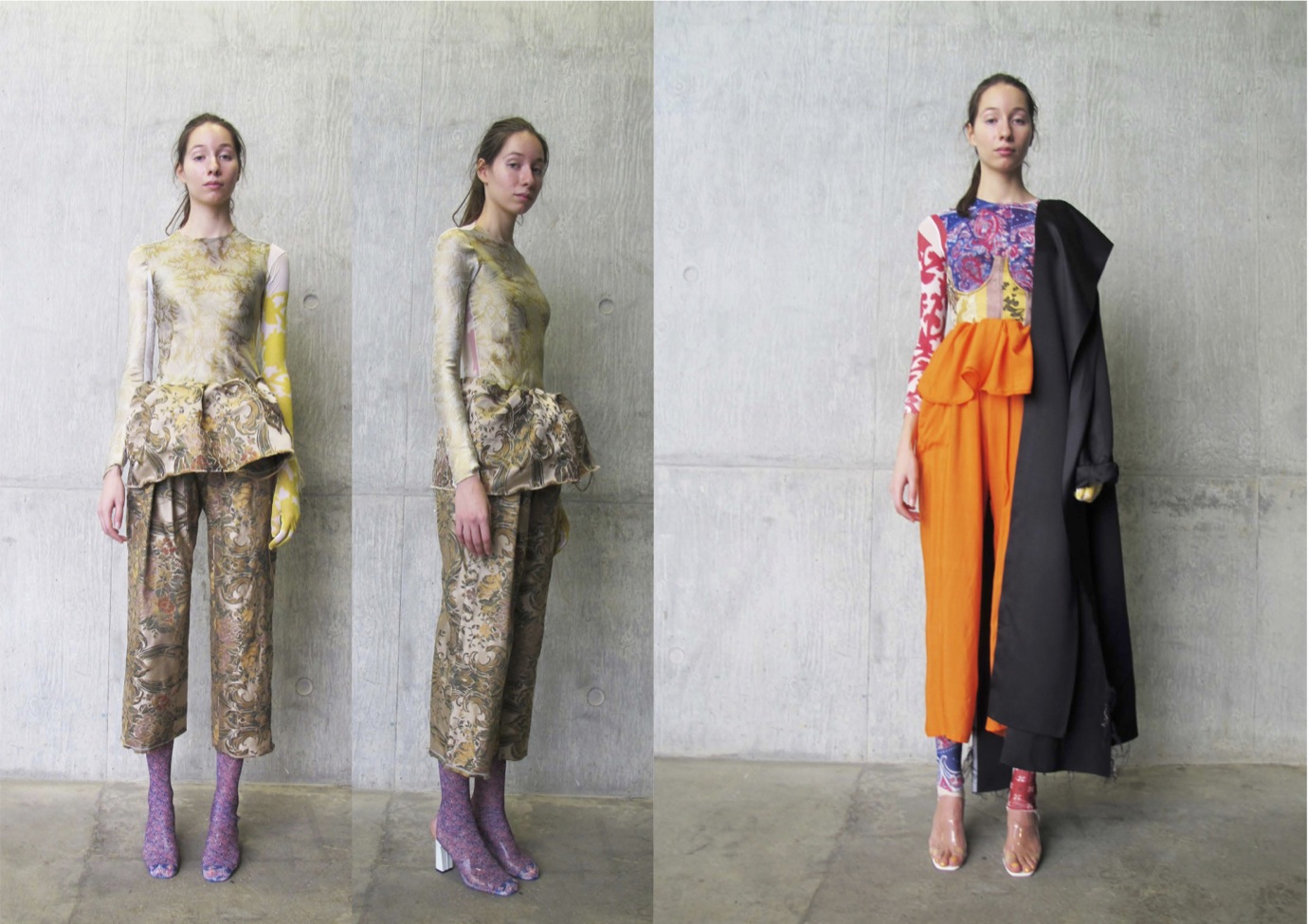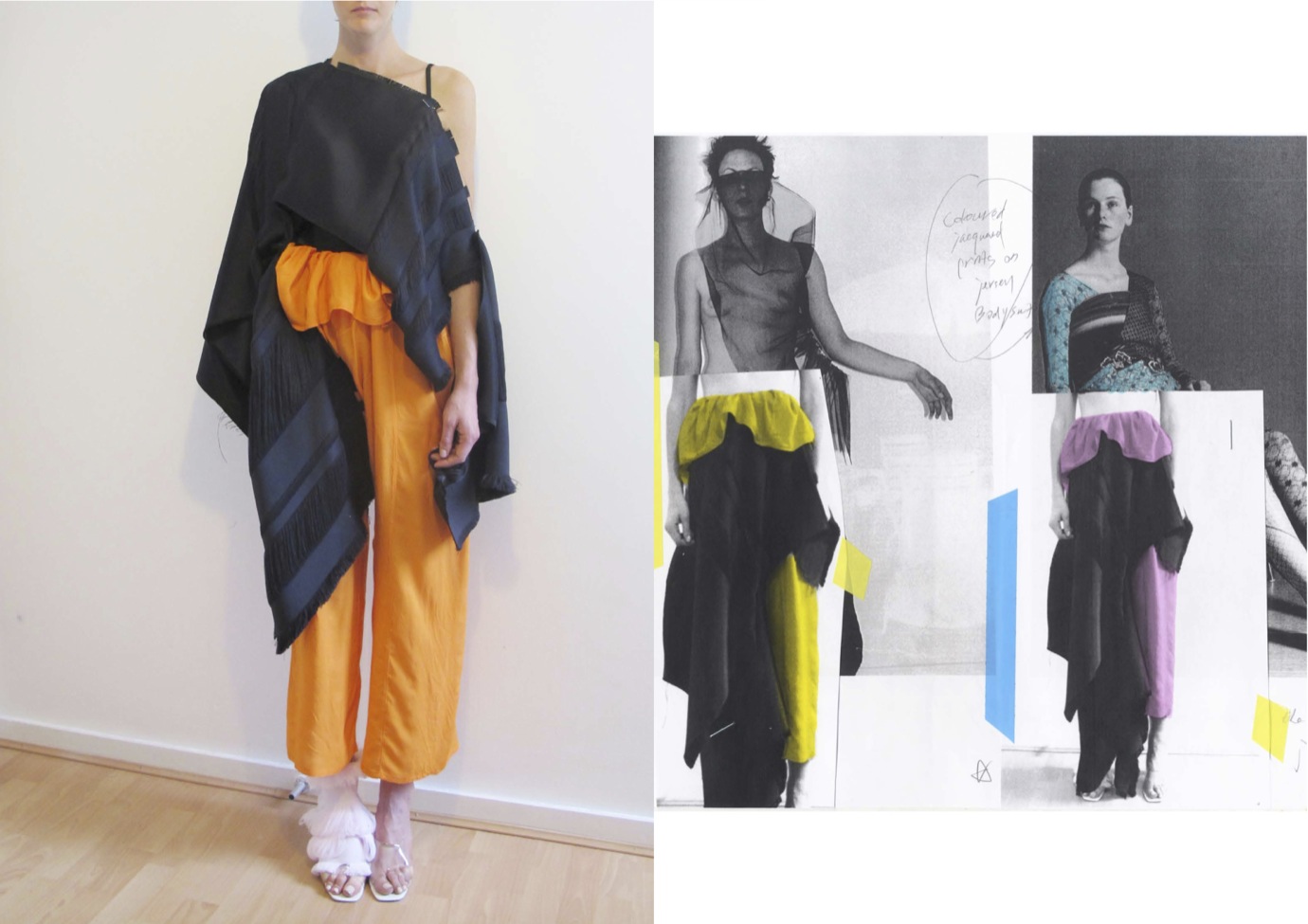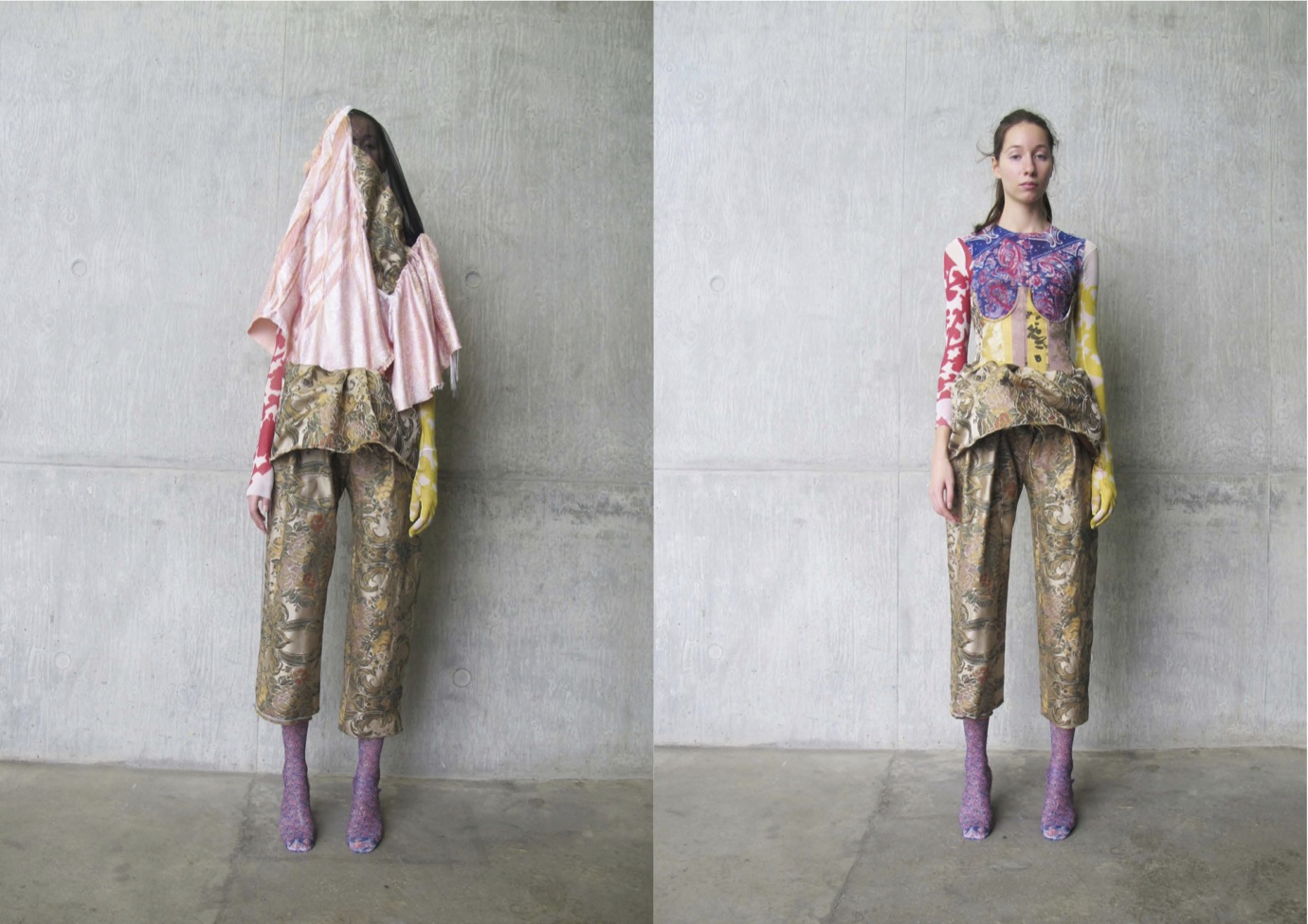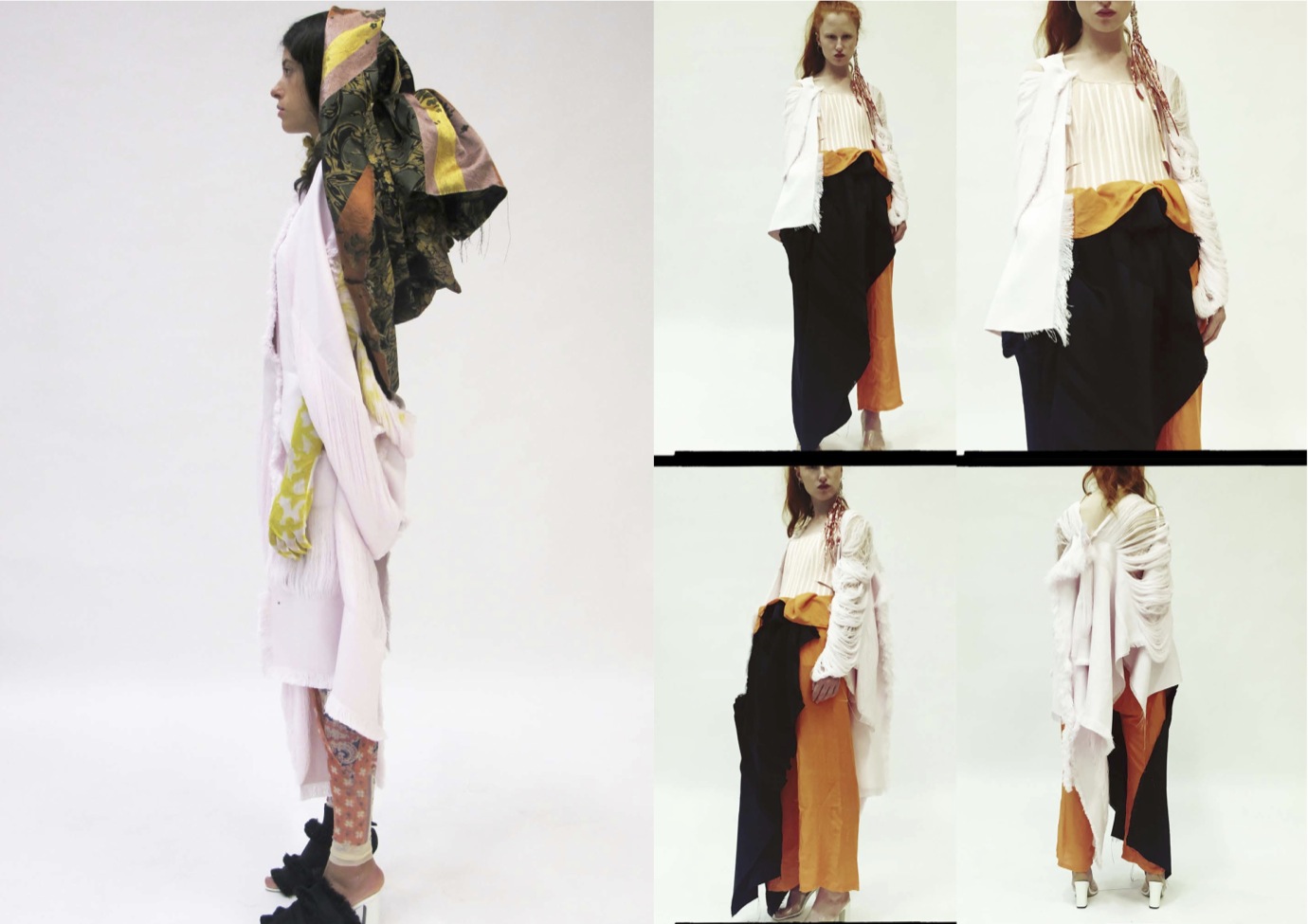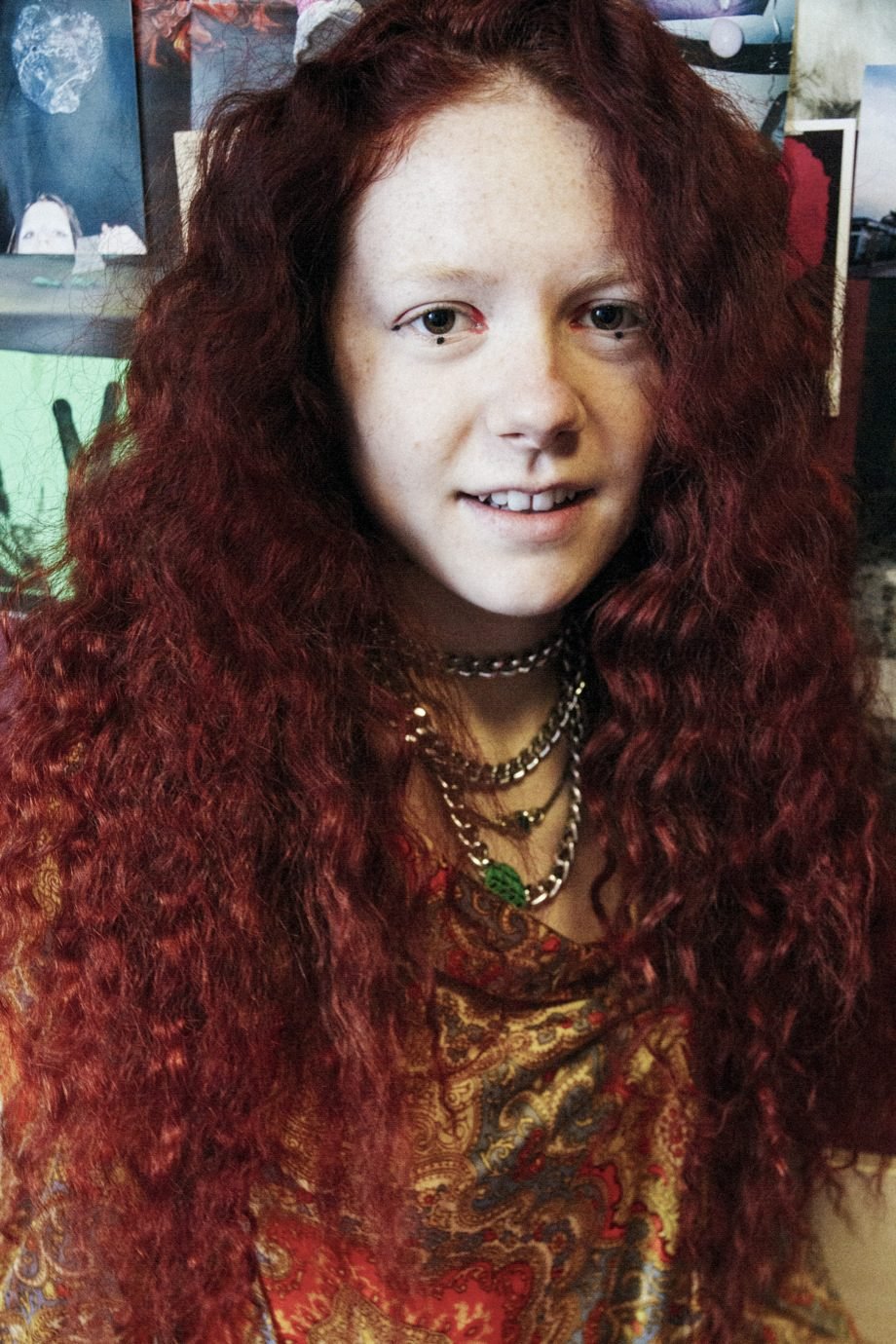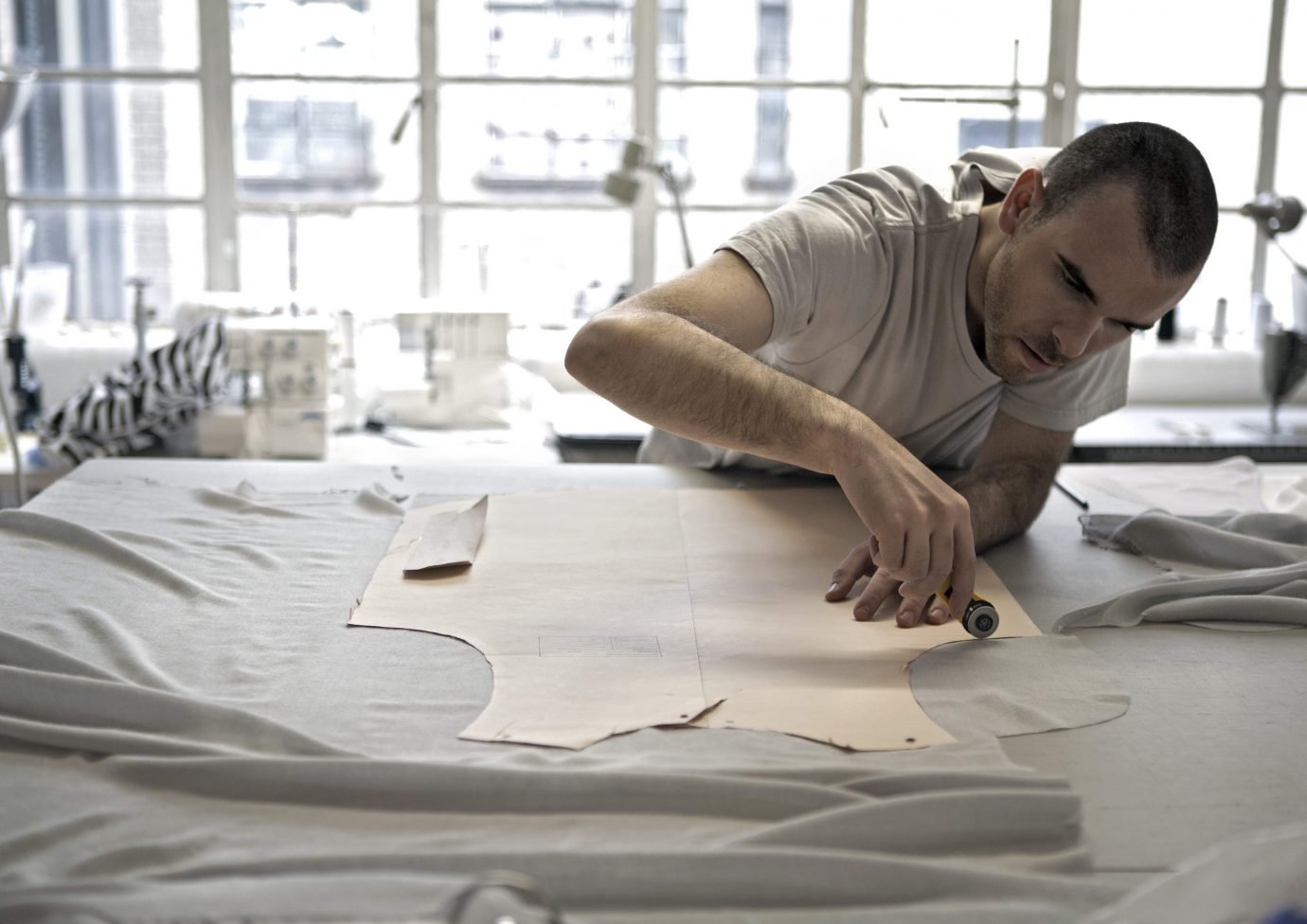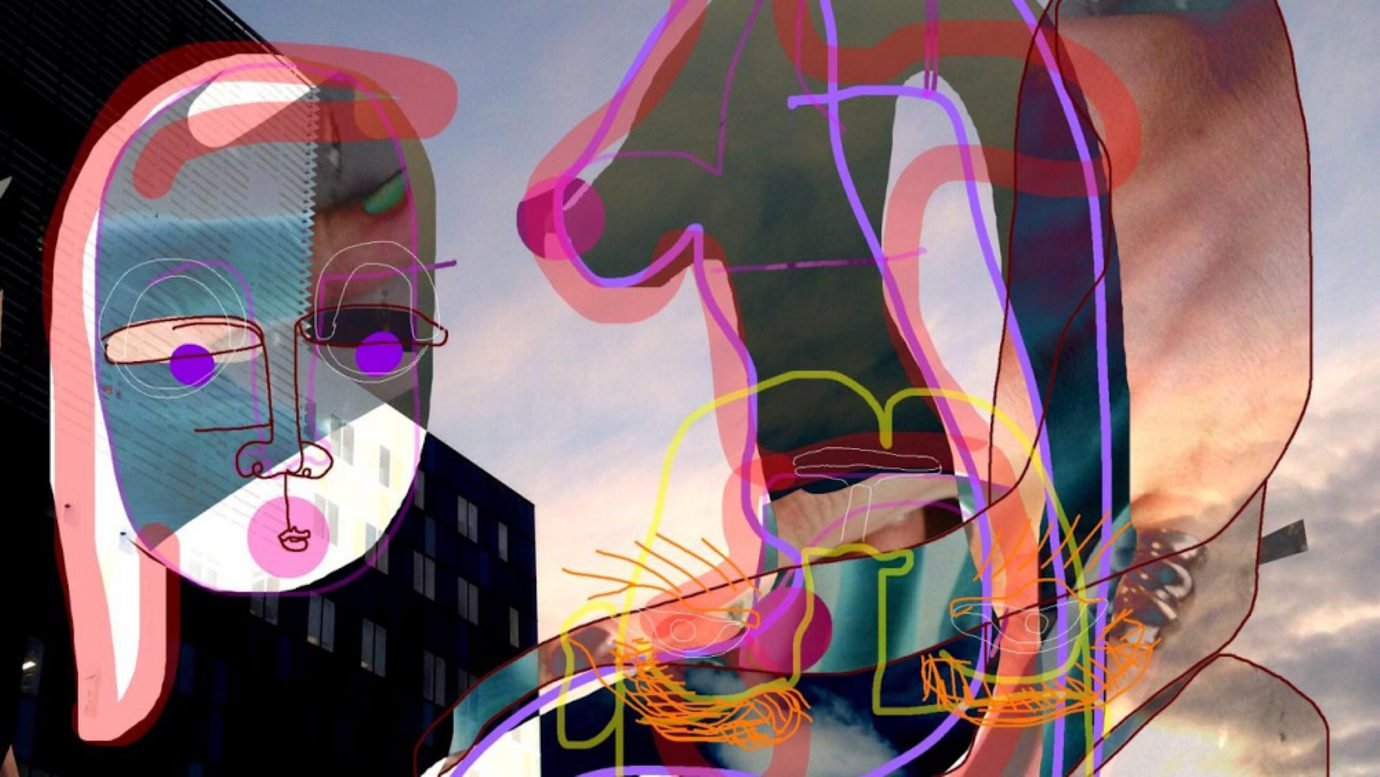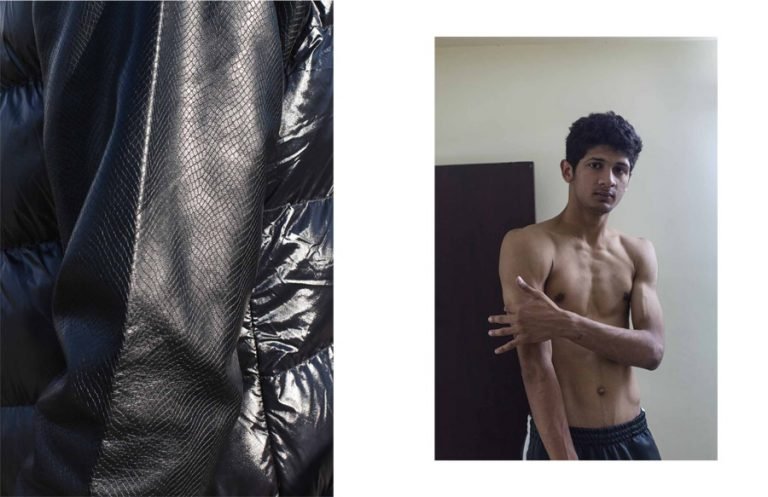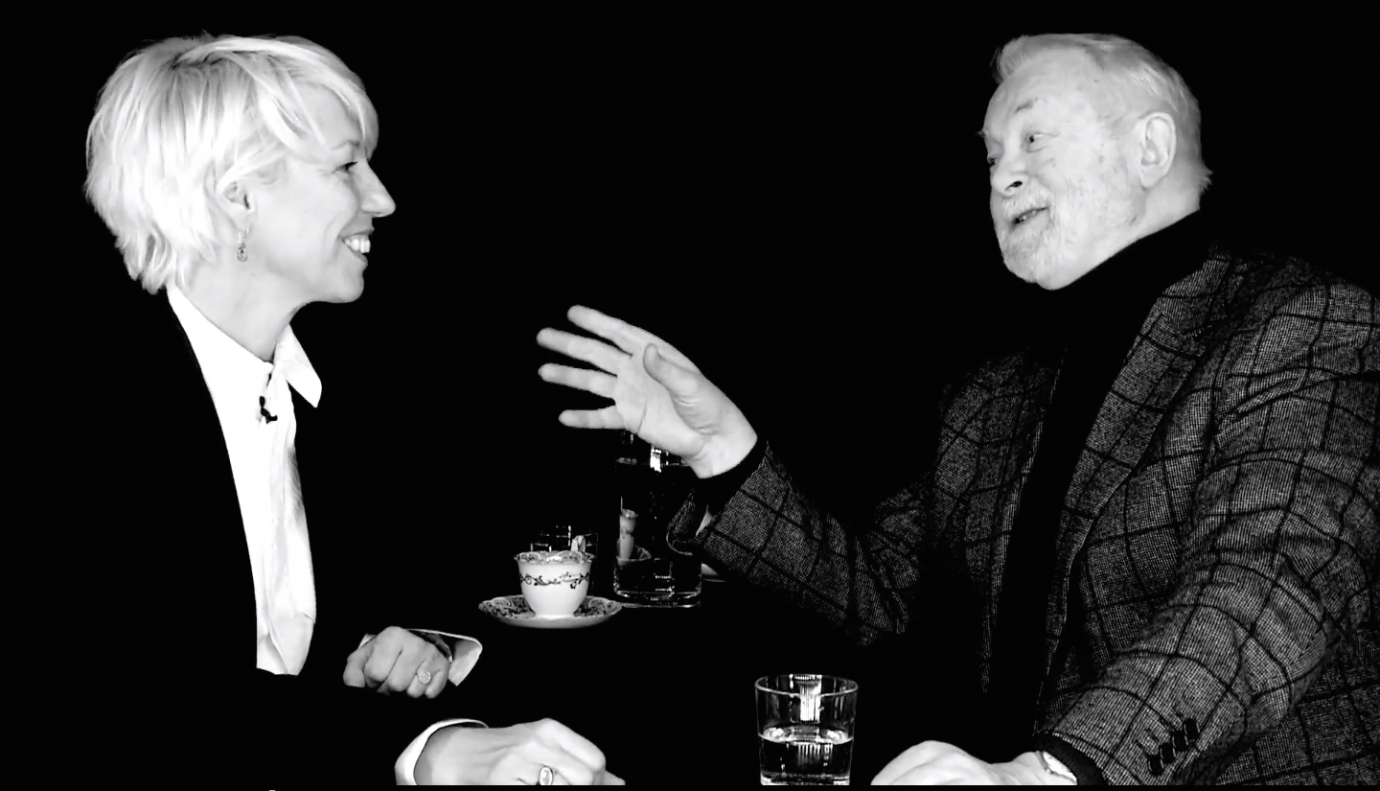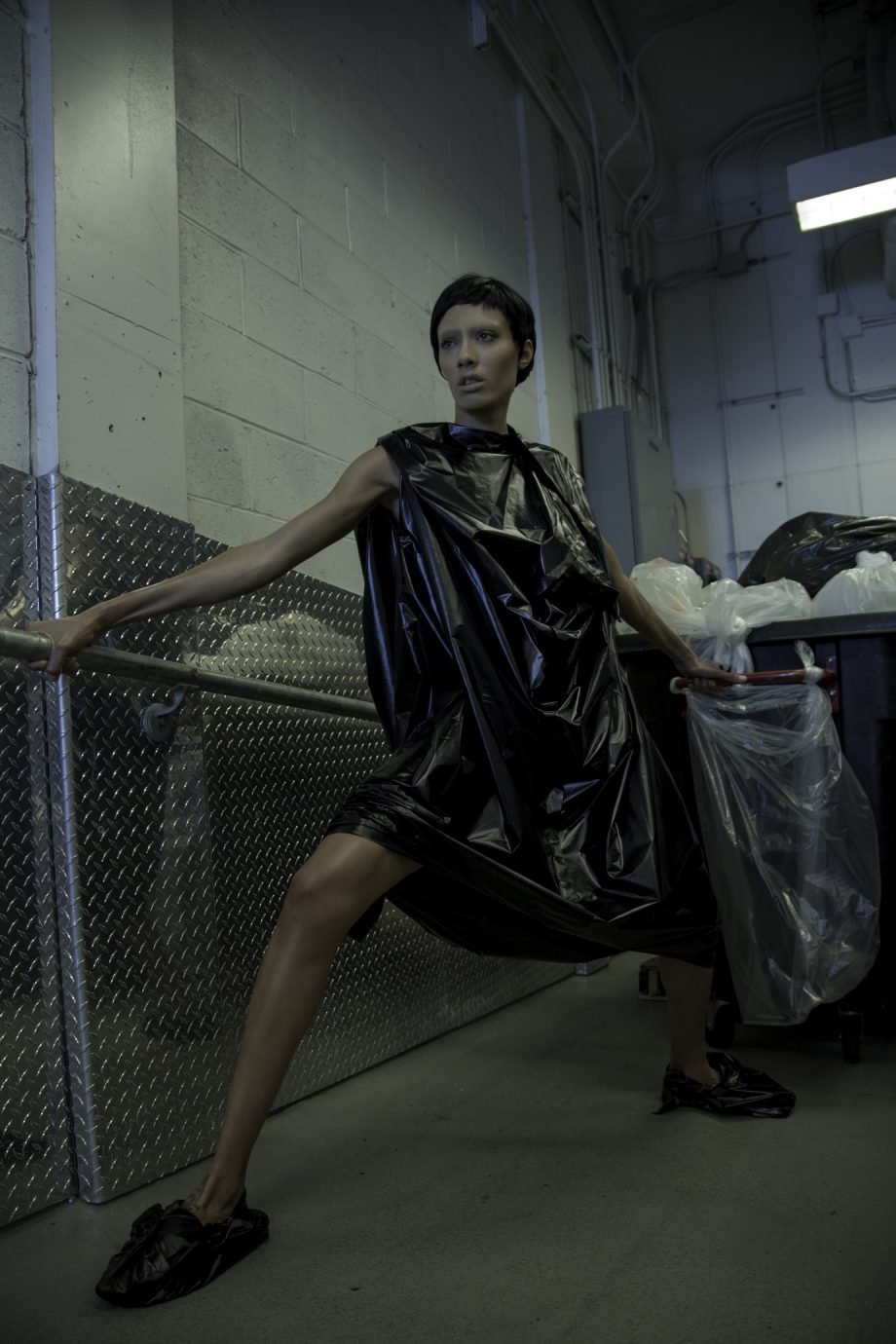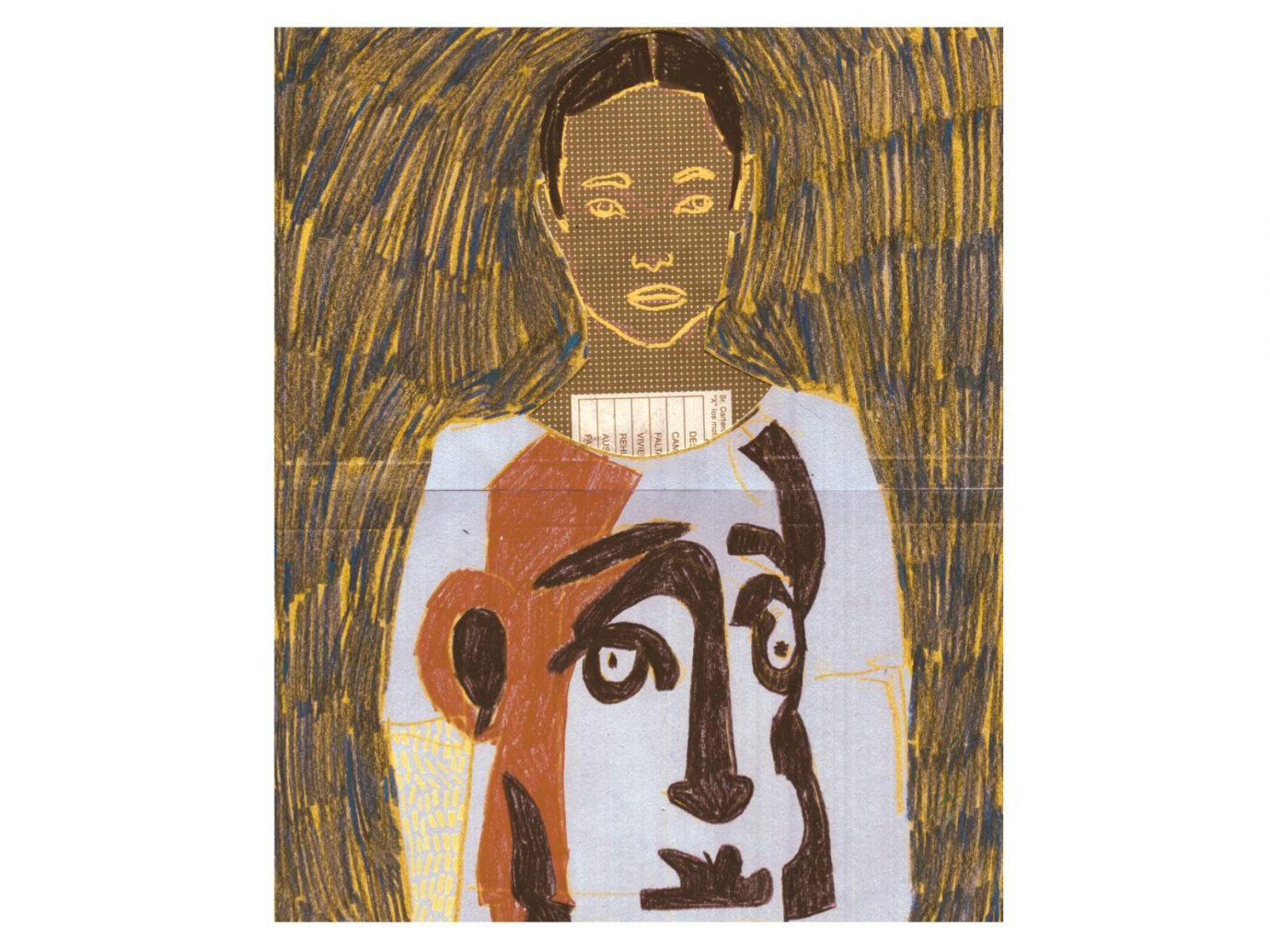The CSM MA designer is as elusive as his reference points, which span era, continent and medium to deliver a harmonious jumble of colours, prints and textures, unapologetic in their sartorial appropriations. Outside of the volume of his latest collection however, Ming is quiet, though not shy. He swoops over the details of his designs, not wanting to give too much away in terms of technique or inspiration, and mid conversation (and mid audio recording), he asks for his voice not to be taped – he’d like the clothes to speak for themselves.
In 2014 Ming stepped away from the studio, and the industry, citing a number of reasons for his departure– all emotional at their core. There was the untimely death of course director Louise Wilson, who Ming describes as ‘a control freak in the best way possible.’ “I loved working with Louise”, admits the designer. “She knew how fashion worked, she could tell you brutally what was right and what was wrong and I trusted her vision more than anyone’s.”
Alongside this, Ming experienced a loss of vigour and sense of self, which he accredits to the back to back BA and MA courses. “I just didn’t have the energy to get back into the course after my first year,” he says. “I went travelling after the summer, to work and explore new places and slowly, I felt excited to come back.”

